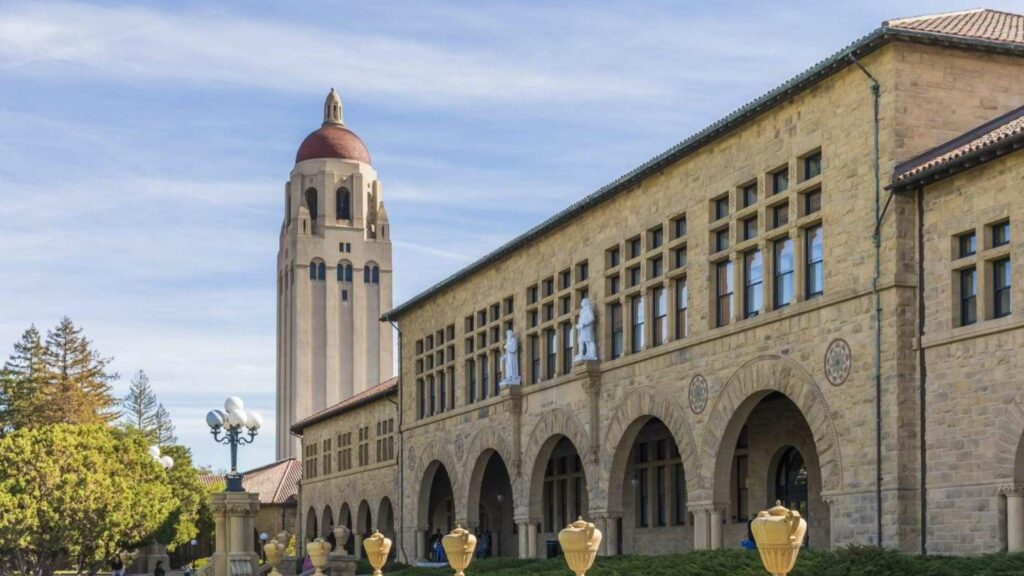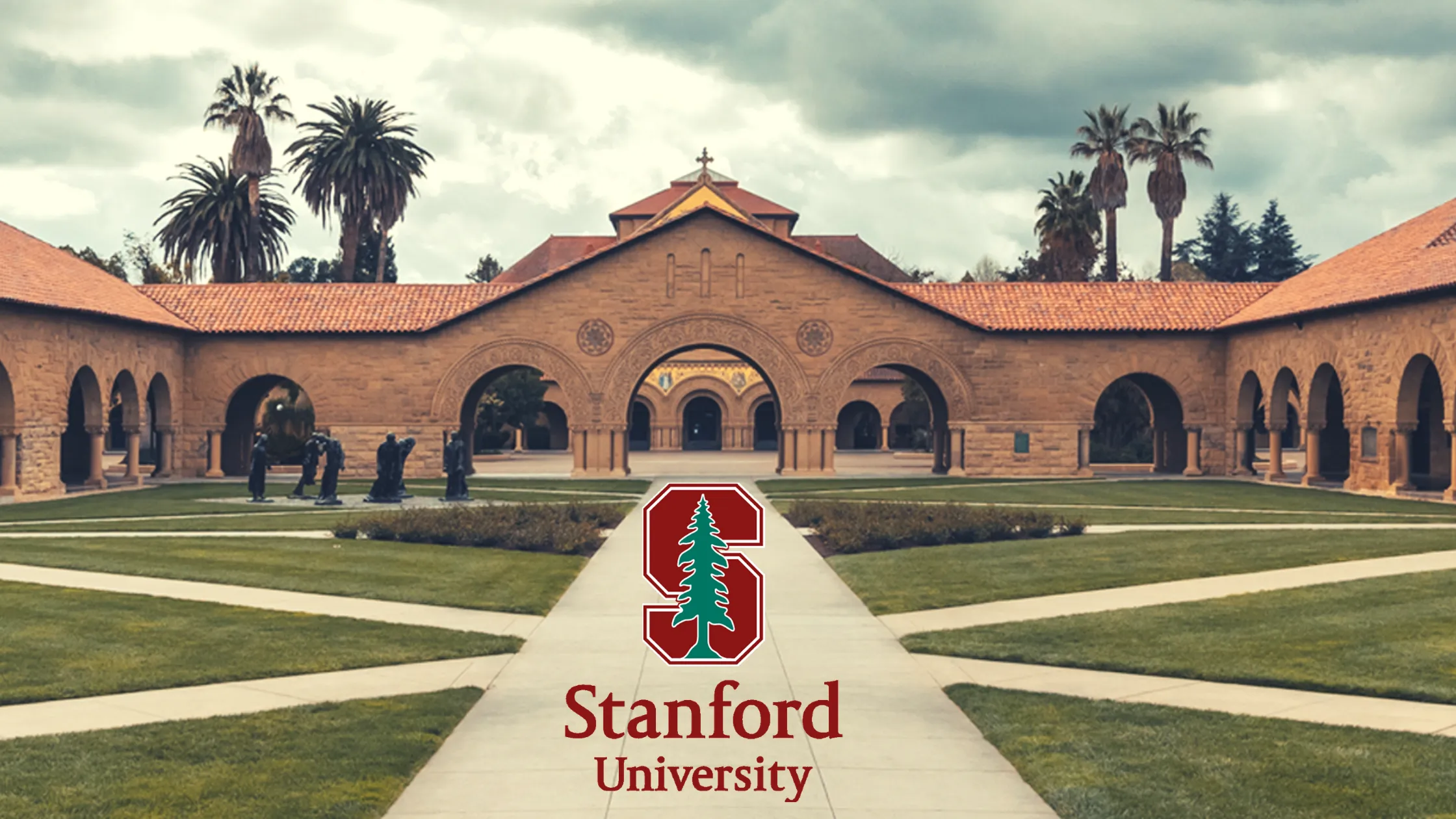Studying abroad is the goal of every aspiring student. It allows the students to have a better job and experience life in a completely different manner. If one is looking forward to pursuing MBA in the US, Stanford is one of their dream colleges. In this write-up, we are going to be talking about the acceptance rate of the Stanford University MBA Program.
Why Choose Stanford for MBA?
The two-year Stanford University MBA Program offered by the Stanford Graduate School of Business is a full-time, residential course of study leading to a general management degree while helping the students develop their vision and the skills for achieving it.
There are many reasons why Stanford is the best choice when one is looking forward to studying in the US. Stanford offers one of the best MBA programs because one needs a business education that will challenge them to become better leaders and teach them how they are ready to discover new ways of exploring their career and life. They would thrive as part of a community of captains who are reimagining various industries and positively impacting the world.
Another reason is that one is looking for a transformational master’s degree program where they end up with so much more than just a master’s degree, and Stanford offers that to their students.
Acceptance Rate into the Stanford University MBA Program
The MBA program by the Stanford Graduate School of Business is the most selected program among the top business schools. Stanford University MBA program accepted 419 candidates from a pool of 7,797 applicants during their 2018 admissions. This makes the acceptance rate to be 5.4%.
This rate was 6.1% in the year 2016. With such a low acceptance rate, it is understandable that one will have to work extra hard in showcasing their best to the Admissions Committee of the MBA program of Stanford.
What does the Stanford University MBA program expect from the applicants?
The University of Stanford expects three things for its MBA program applicants:
- Intellectual Energy or Vitality
- Leadership Potential and
- Personal Contributions and Qualities
The purpose is of bridging the gap between one’s perception and perception of the admissions committee.
- Intellectual Energy and Vitality
For assessing intellectual energy and vitality, both Attitude and aptitude towards learning are important. It showcases the drive and ambition one has and the intent of creating an impact with their skills.
- Leadership Potential
Leadership potential is the thing that every top business school looks for in their applicants. It signifies that have the ability to make decisions in a complex and unfamiliar situation, be it in their professional or personal life.
- Personal Qualities and Contributions
Understanding how one will be contributing to and benefit from the university community will be highlighted from the qualities and contributions that they have made and are intended to make.

How to get into the Stanford University MBA program
The first steps are vitally the same:
- Research about the MBA program as soon as possible
- Study about both the external and the internal factors
The journey becomes different for the Stanford MBA program on completing the research part. The next part is going to be understanding what would impress the MBA Stanford admissions committee.
One has already read about their expectations. The next part is going to be dealing with how to fulfill these expectations. Stanford MBA is very particular to its requirements in the application. Hence, following their guidelines strictly and one might eventually receive an interview invite.
Anatomy of a Stanford University MBA Application
An MBA application is a collection of evidence to prove that one has accomplished and added value to one MBA program. There are two types of evidence one provides for demonstrating their competence:
- Statistical Evidence
- Anecdotal Evidence
The first part gives evidence of their past and current achievements. The second part provides proof of their future behavior.
- Quantitative part – Statistical evidence for support
The quantitative part helps in providing evidence for one’s ‘drive’ and ‘ambition’. It assures the Admissions committee that one can ‘get through the rigorous MBA program.
- Qualitative part – Anecdotal evidence for support
The Qualitative part showcases what one wants to do and how the Stanford University MBA program will help them reach there.
The quantitative part of the Stanford University MBA Application
This involves the following:
- GMAT score
- Undergraduate GPA
- TOEFL/ IELTS score
- Resume
The qualitative part of the Stanford University MBA Application
Stanford University MBA program puts a lot of stress on this part of the application. This part includes:
- Essays
- Letters of Reference

